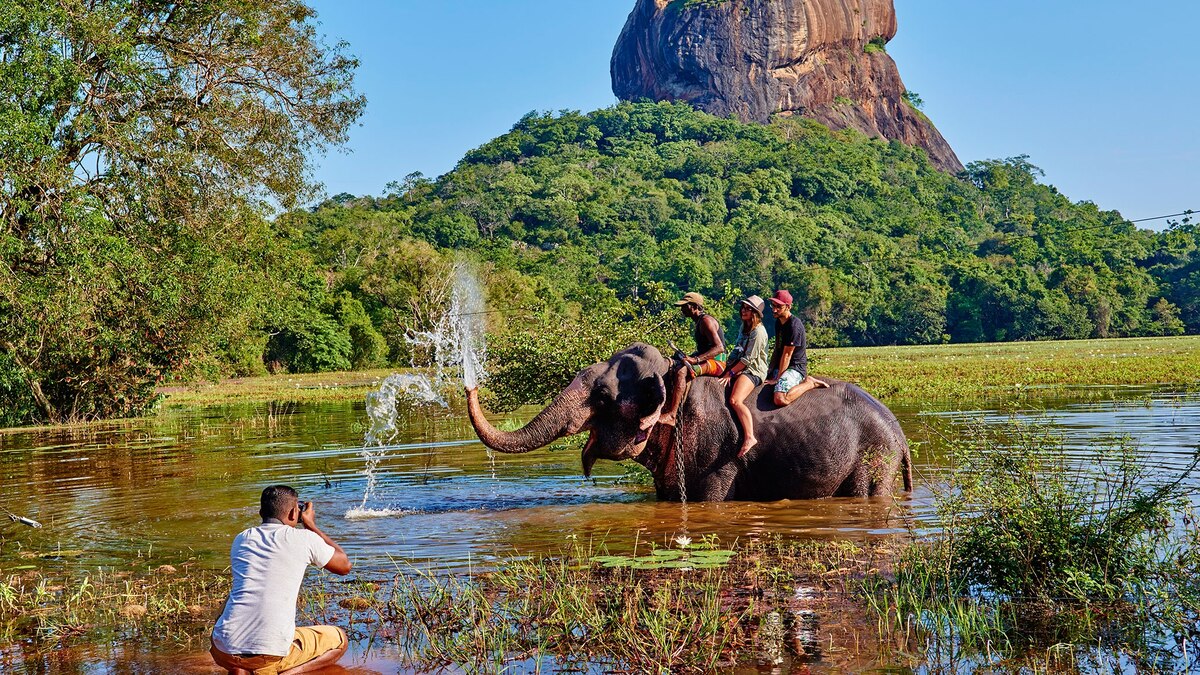Wildlife hunting has evolved into a sophisticated global tourism industry that provides substantial economic and ecological benefits. While controversial to some, responsible wildlife hunting done through regulated programs plays an important role in species preservation. This article explores various facets of wildlife hunting tourism and how it functions as a tool for conservation.
The Scope and Scale of Wildlife Hunting Tourism
Wildlife hunting tourism has grown into a multibillion-dollar industry. According to estimates, over 650,000 foreign trophy hunters travel annually to hunt in around 80 different countries. These hunters contribute over $200 million per year to African economies alone. Countries like Tanzania, South Africa, Zambia, and Zimbabwe earn significant portions of their national income from trophy hunting tourism.
The growing scale and popularity of wildlife hunting enable countries to invest greater resources into anti-poaching measures. Legal and regulated hunting deters illegal poaching by creating alternative livelihood opportunities and market systems for wildlife products. The economic activity sustains wildlife populations by incentivizing local communities to protect habitats and monitor illegal activities.
Regulations and Sustainability Practices
Regulations governing wildlife hunting tourism aim to ensure long-term sustainability and protection of species. Most countries implement quota systems based on scientific population surveys. Hunting seasons, age/sex limits, and mandatory registration of hunting areas maintain healthy wildlife populations as functioning ecosystems.
Outfitters and hunting operators are licensed and often required to invest in community development projects related to education, infrastructure, health, and conservation. Hunting areas are demarcated and strictly monitored to focus activity away from protected zones. Rigorous selection of clients and enforcement of guidelines on shooting ensure humane practices.
Legal hunting channels incomes back into conservation programs, enabling increased protection for wildlife that would otherwise have limited or no economic value. The adaptive regulatory frameworks promote growth of the industry while upholding biodiversity preservation as the primary goal.
Conserving ‘Game’ Species and Their Habitats
Wildlife hunting is most commonly directed towards large mammal species classified as ‘game.’ These include antelope, zebra, wildebeest, buffalo, crocodiles, and various big cat species in Africa as well as argali sheep, moose, deer, and bears globally.
Game species inhabit vast tracts of wilderness areas. Their conservation maintains biodiversity in these ecosystems and preserves natural habitats for myriad other life forms. Financial returns from regulated hunting supply and incentives for conserving game species and their habitats, which occupy nearly 25% of Africa’s terrestrial domains.
Hunting helps restore population numbers of some overpopulated species through selective culling, which can prevent habitat degradation and outbreaks of diseases. Management strategies with sustainable quotas benefit the long-term survival of game species and dependent flora and fauna communities.
Community Partnerships for Conservation
Wildlife Hunting Tourism is highly participatory at the grassroots level, partnering with rural and indigenous communities residing within or near natural habitats. Local communities receive a share of revenues from hunting concessions for protection and land rights.
A study across 16 African countries showed that financial rewards from consumptive wildlife utilization totaling $200 million annually are distributed partially or fully to over 1000 community-based organizations. These funds empower communities to engage in conservation efforts by choice rather than obligation.
Community conservancies embracing hunting adopt village-level bylaws against poaching and habitat destruction. Benefits like education, infrastructure, alternative livelihood programs, and protein from hunting off-takes help increase local support for wildlife protection over time. Such partnerships cultivate long-term incentives for conservation-based land management at the regional scale.
When responsibly practiced through adaptive regulations, wildlife hunting as a tourism activity can function as both an industry and a conversation tool. It funnels economic motives into population management and habitat preservation for listed species. Hunting revenue shares inspire voluntary conservation efforts by rural communities central to protecting natural ecosystems and wildlife. While not a perfect solution, sustainable hunting tourism demonstrates the potential for consumptive utilization to ensure biodiversity if guided by science, community participation and strict governance. With ongoing improvement, the model shows promise for expansion across natural habitats worldwide.
*Note:
1. Source: Coherent Market Insights, Public sources, Desk research
2. We have leveraged AI tools to mine information and compile it




